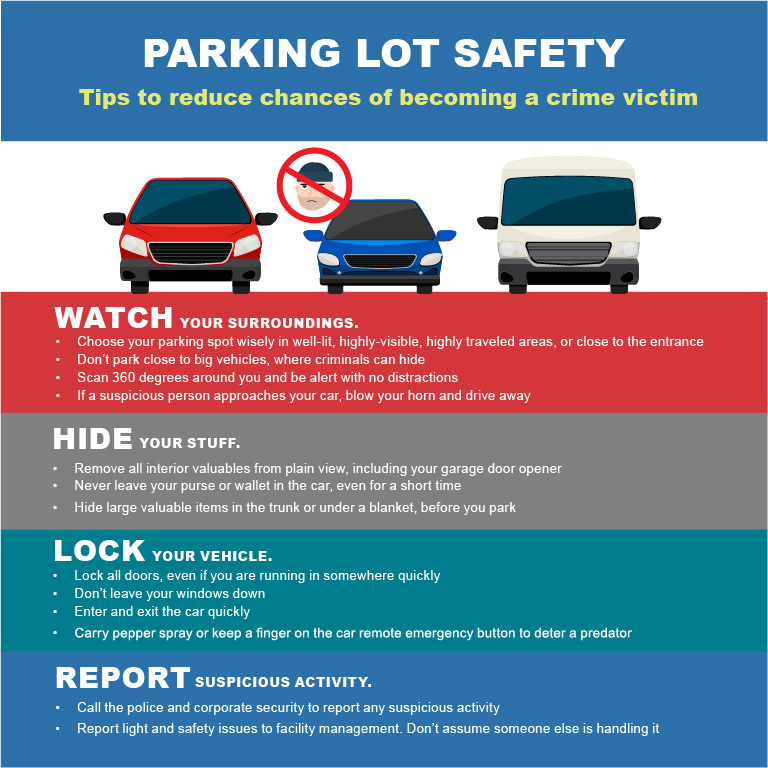
Navigating parking lots can sometimes feel like a minefield of rules and regulations. While it’s generally legal to drive through most parking lots, there are specific laws and safety considerations that drivers must be aware of. Understanding these guidelines ensures a smooth and safe experience for everyone. This article will delve into the legal aspects of driving in parking lots, outlining the relevant laws, safety tips, and potential restrictions imposed by property owners.
This comprehensive guide will explore the legal framework surrounding parking lot driving, including local ordinances and traffic regulations. We’ll also discuss essential safety practices to minimize risks and promote a secure environment for pedestrians and drivers alike. Finally, we’ll examine how property owners can impose additional restrictions on vehicle movement within their lots.
Parking Lot Driving Laws
Parking lot driving is subject to the same basic traffic laws that govern roads. This means obeying speed limits, yielding to pedestrians, and adhering to right-of-way rules. However, parking lots often have unique circumstances that necessitate specific regulations. For instance, many jurisdictions have lower speed limits in parking lots compared to public roadways, typically ranging from 5 to 10 miles per hour. These reduced speeds are crucial for enhancing pedestrian safety and preventing accidents in areas with limited visibility and unpredictable traffic flow.
Furthermore, drivers must be mindful of designated pedestrian walkways and crosswalks within parking lots. Yielding to pedestrians is paramount, ensuring their safe passage across the lot. Failing to yield can result in serious injuries or even fatalities. Drivers should always approach intersections cautiously, scanning for pedestrians before proceeding.
Legal Regulations
The legality of driving through a parking lot can vary depending on local ordinances and property regulations. Some municipalities may have specific laws prohibiting vehicle traffic within certain types of parking lots, such as those designated for residential use or shopping centers with high pedestrian traffic. It’s essential to consult your local government website or contact the relevant authorities to determine the specific legal framework governing parking lot driving in your area.
Additionally, property owners often have the authority to establish their own rules and regulations regarding vehicle movement within their lots. These restrictions may include limitations on speed, designated driving lanes, or prohibitions against certain types of vehicles. Drivers should always pay attention to posted signs and signage within a parking lot, as they outline the specific legal parameters for operating a vehicle in that space.
Safety Tips for Parking Lots
Parking lots present unique safety challenges due to their often congested nature, limited visibility, and unpredictable pedestrian traffic. Implementing proactive safety measures can significantly reduce the risk of accidents and ensure a secure environment for everyone.
Be Aware of Your Surroundings
Maintaining constant vigilance is crucial when driving in parking lots. Avoid distractions such as cell phones or loud music, as they can impair your ability to perceive potential hazards. Regularly scan your surroundings, checking for pedestrians, cyclists, and other vehicles entering or exiting spaces. Be particularly cautious at intersections and blind spots, where visibility may be limited.
Drive Slowly and Carefully
Obeying posted speed limits is essential, but even adhering to reduced speeds requires careful driving. Maintain a safe following distance from other vehicles and be prepared to brake suddenly if necessary. Avoid aggressive maneuvers such as speeding, tailgating, or sudden lane changes, as they can easily lead to collisions in confined spaces.
Yield to Pedestrians
Pedestrians always have the right of way in parking lots. Be extra cautious when approaching crosswalks and pedestrian walkways, slowing down and yielding to anyone crossing the street. Make eye contact with pedestrians before proceeding to ensure they see you and are aware of your intentions.
Traffic Signs and Signals
Parking lots often utilize traffic signs and signals to regulate vehicle movement and enhance safety. Drivers must be familiar with these common markings and understand their meaning:
Stop Signs
Stop signs indicate that vehicles must come to a complete halt before proceeding. Obey stop signs at all intersections, crosswalks, and designated stopping points within the parking lot. Ensure that the intersection is clear of pedestrians and other vehicles before moving forward.
Yield Signs
Yield signs require drivers to slow down and give way to traffic or pedestrians already in the intersection or approaching from the right. When encountering a yield sign, reduce your speed and be prepared to stop if necessary to allow others to proceed safely.
Speed Limit Signs
Speed limit signs indicate the maximum permissible speed for vehicles within a specific area of the parking lot. Adhering to posted speed limits is crucial for maintaining safety and preventing accidents.
Property Owner Restrictions
Property owners have the authority to impose additional restrictions on vehicle movement within their lots. These regulations may be implemented for security, safety, or operational reasons. Drivers should always pay attention to posted signs and signage outlining any specific rules or limitations imposed by the property owner.
Restricted Access Areas
Some parking lots may designate certain areas as restricted access zones, prohibiting vehicle entry except for authorized personnel or emergency vehicles. These areas are often marked with clear signage indicating their purpose and restrictions. Drivers must comply with these restrictions to avoid trespassing or other legal consequences.
Conclusion
Driving in parking lots requires a heightened awareness of safety regulations and potential hazards. While it’s generally legal to drive through most parking lots, specific laws and property owner restrictions may apply. By understanding the relevant traffic laws, adhering to posted signs, and practicing safe driving habits, drivers can contribute to a secure and efficient environment for everyone within parking lot spaces. Remember, always prioritize pedestrian safety, maintain a cautious driving speed, and be vigilant in your surroundings to ensure a smooth and incident-free experience.
